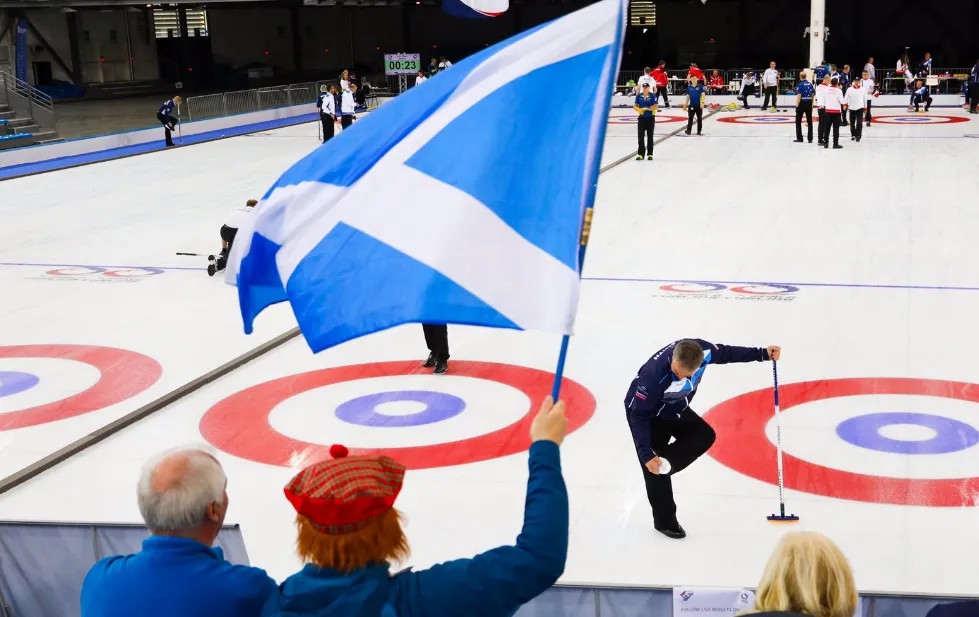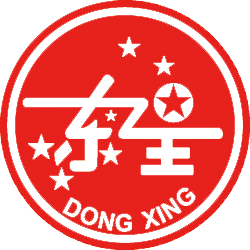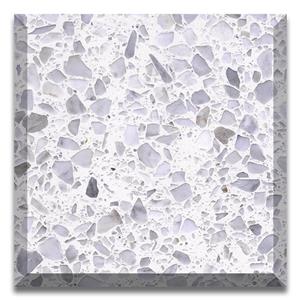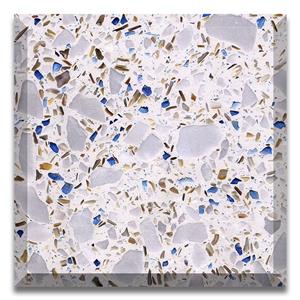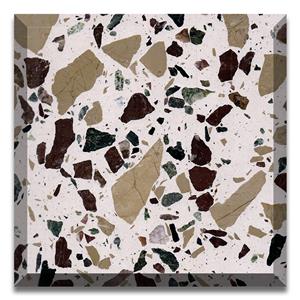Conocimiento lateral de los Juegos Olímpicos de Invierno | La historia del rizador
Side-Knowledge of Winter Olympics | The History of Curler
The curling competition is in full swing~
Everyone is both unfamiliar and curious about curling
Did you know?
Curling not only originated in Scotland
The main source of curling stones is also in Scotland!
Curling - Chess on Ice
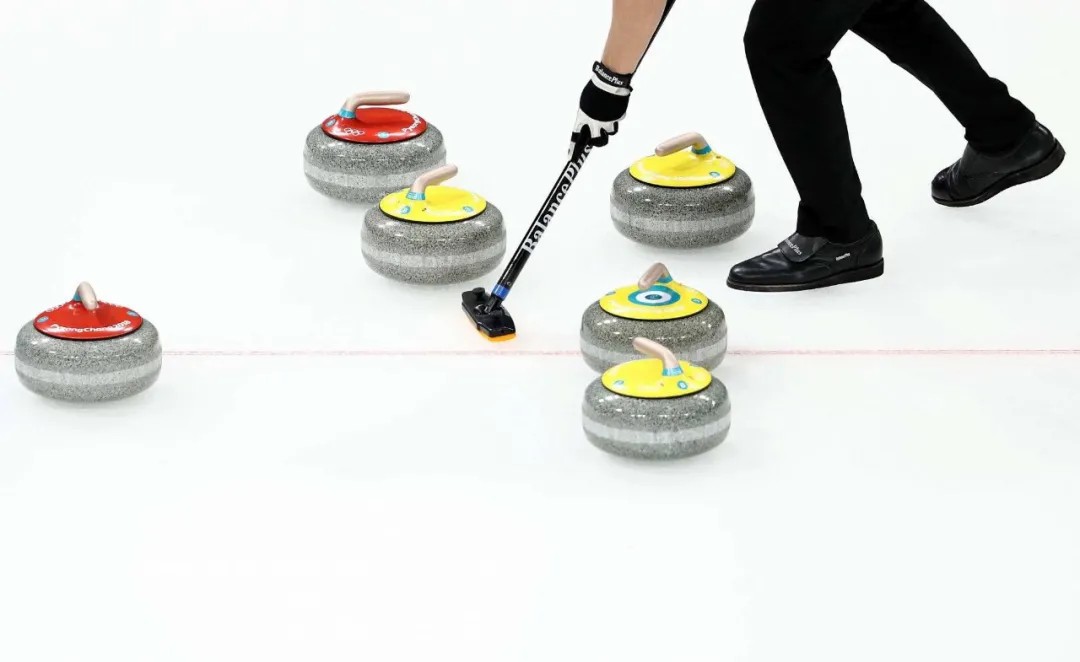
Curling, a competitive throwing sport on ice, originated in Scotland in the 14th century.
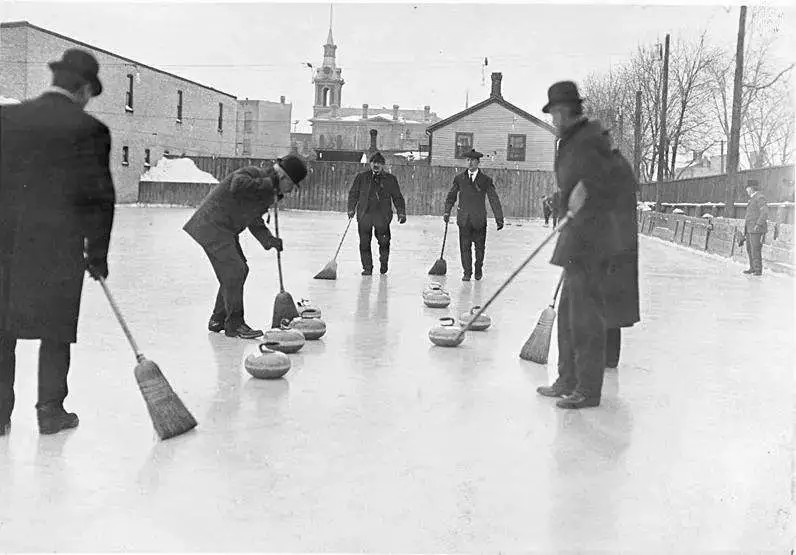
After one player throws the ball, the other player can
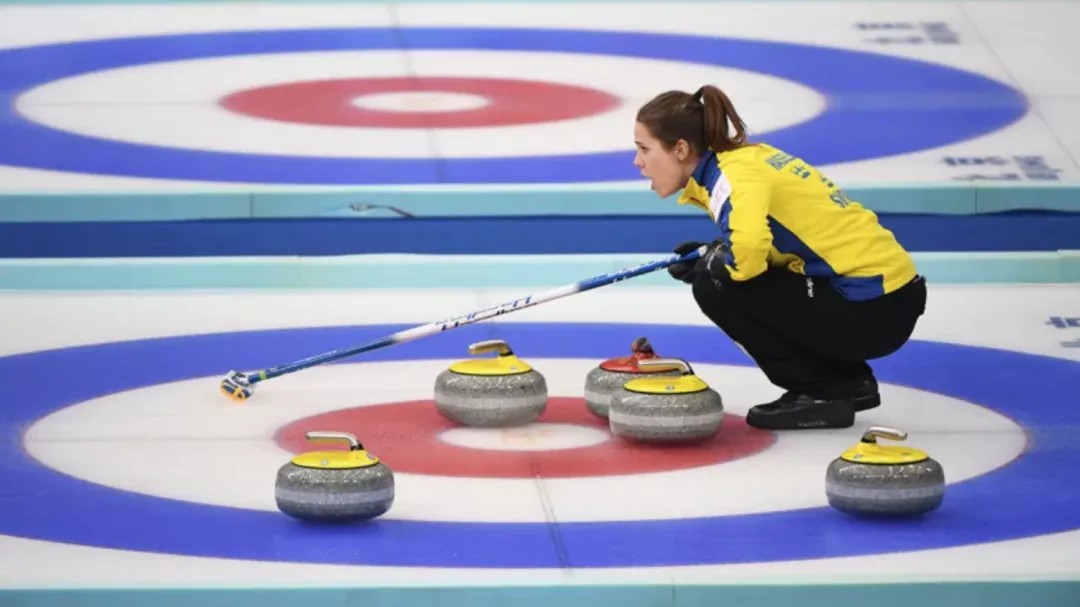
The curling game is both elegant and fierce, looking gentle and elegant, but in fact there are dark currents. It is a test of the athlete's logic and ability to adapt to the situation.
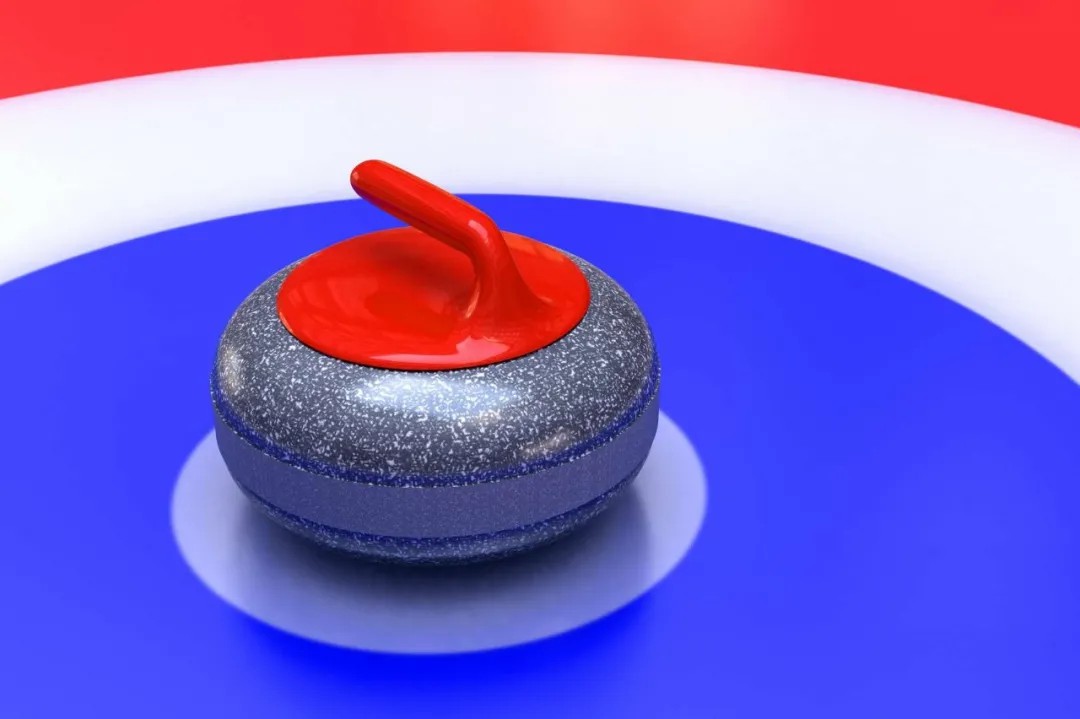
A standard curler is about 29 cm in diameter, about 11.5 cm thick, weighing 17-20 kg.
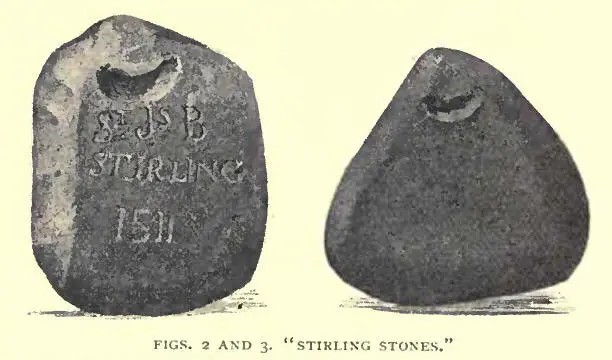
The world's earliest curler was found in Scotland with the inscription 1511, about half the weight of today's curlers.
An island rich in curling
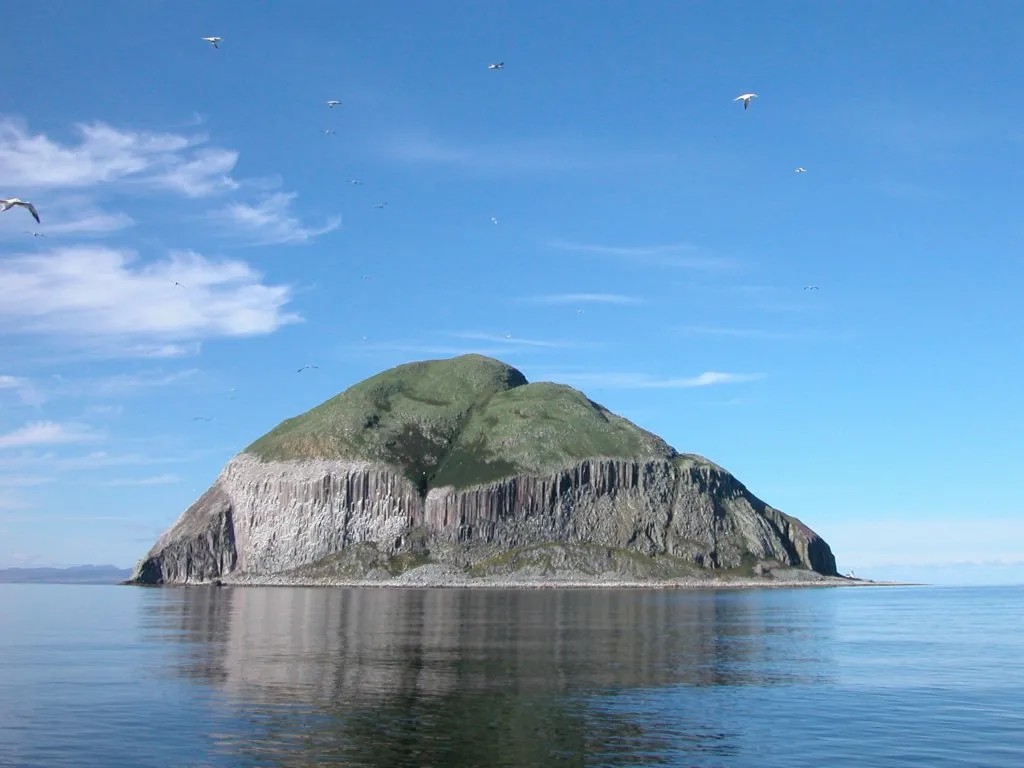
Ailsa Craig, located in the southwest of Scotland, is not only the main source of curling today, it is also said to be the place where curling first began to be produced.
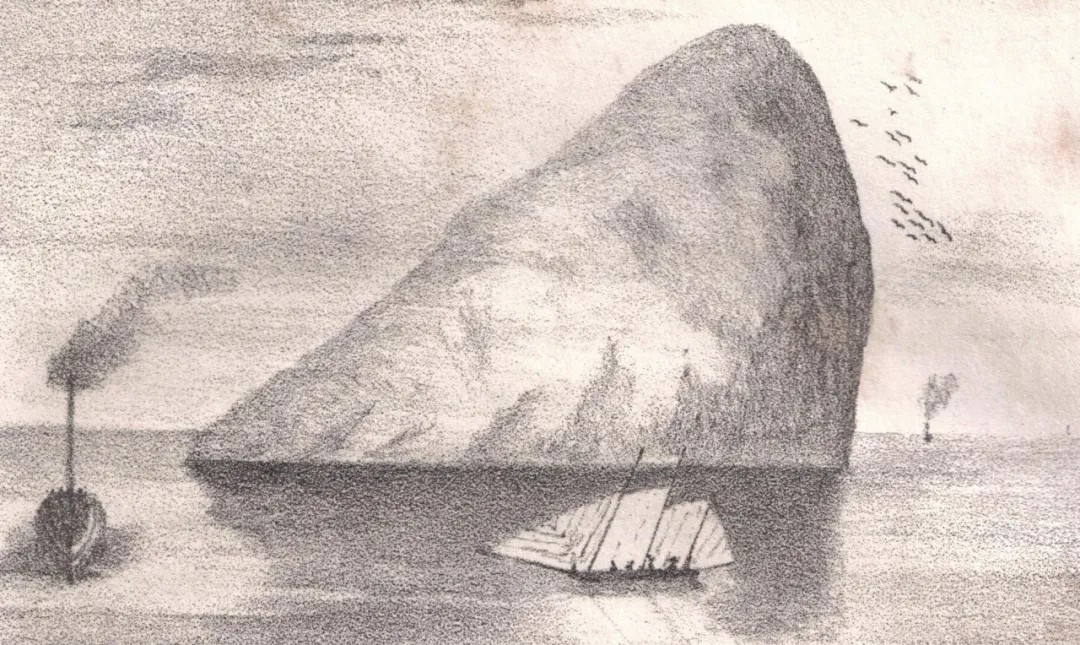
The island of Ailsa Craig in an 1840's painting
The island was born from a volcanic eruption some 60 million years ago. Rich in natural resources, the island has been mined since the mid-19th century for its rare granite.
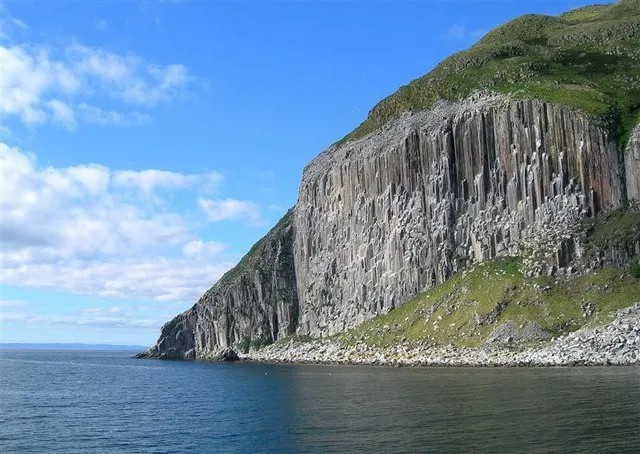
Ordinary granite, would crack due to repeated collisions during the game, so only very hard granite can be used for curling.
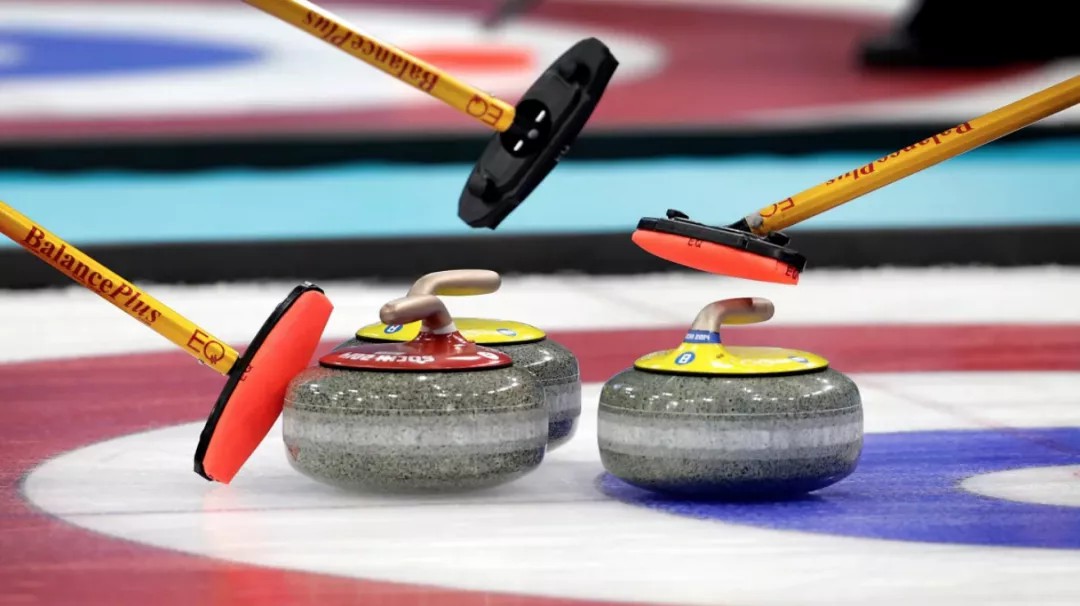
Elsa Craig Island, for one, produces the hardest curling. The rare granite here is not only hard, but also has a very low water absorption rate, which prevents repeated freezing water from eroding the stone.
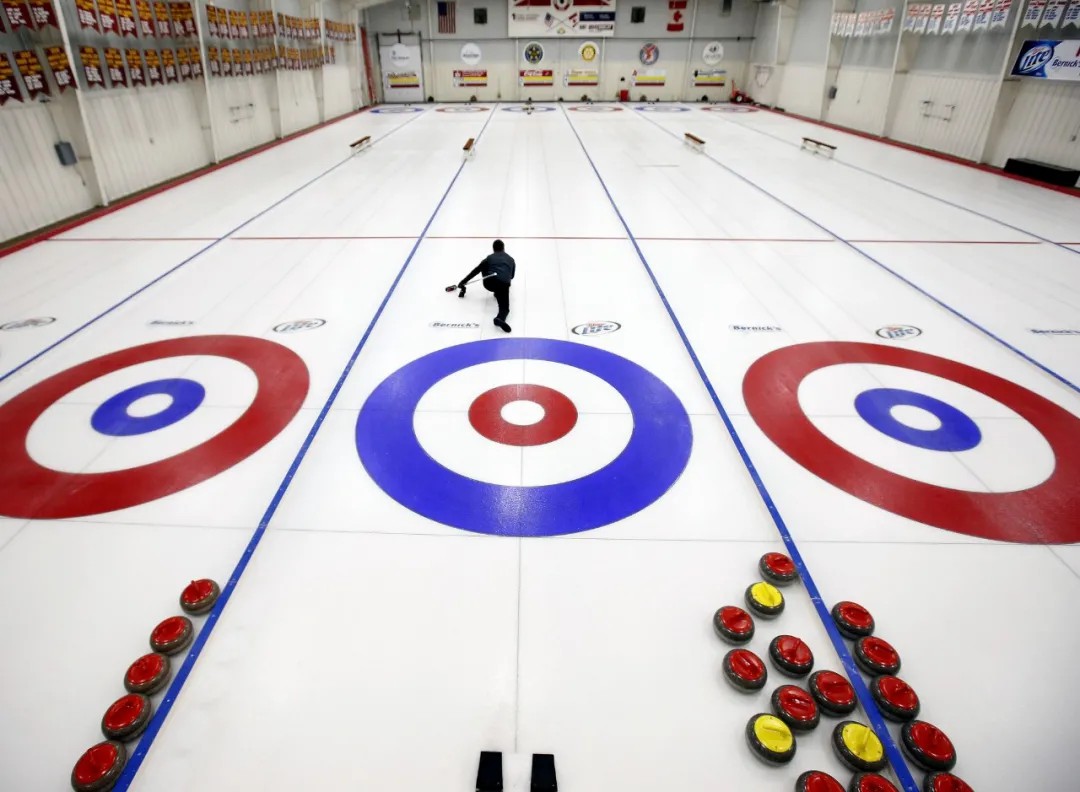
It retains its shape even under grinding and wet conditions, making it the perfect material for curling stones. That's why the place has been supplying curling stones for competitions around the world.
Going through more than a century of curling makers
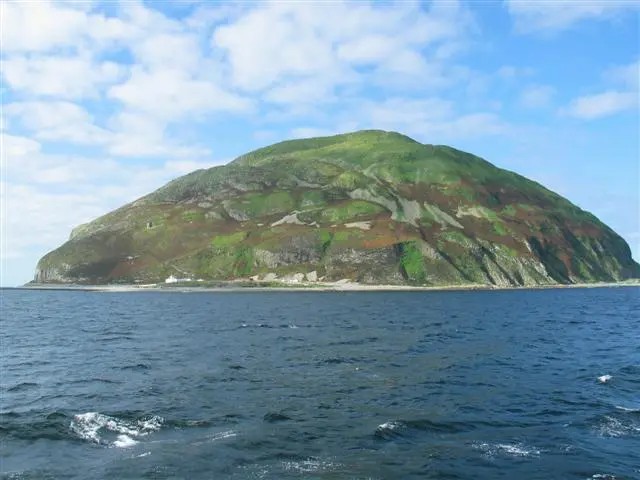
From Glasgow, all the way south, you can see the island of Ailsa Craig from the coastal road as far as possible.
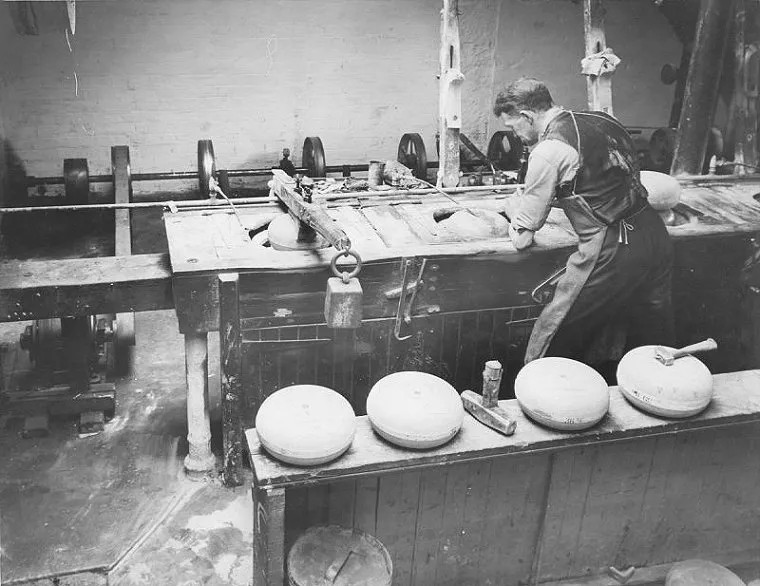
Here lies Scotland's historic curling factory, the Kays Curling factory.

This curling factory, founded in 1851, has exclusive rights to the Ailsa Craig granite. In the 1950s, with the rise of curling in Canada, the curling rink was doing very well ~
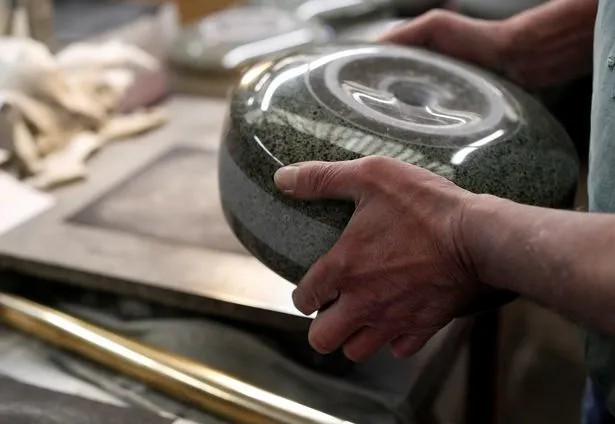
However, after a decade or so, the curling rink began to saturate, and with the durability of the curlers produced here, even with wear and tear, they could be returned to the factory for refurbishment. The business of the factory was in decline.
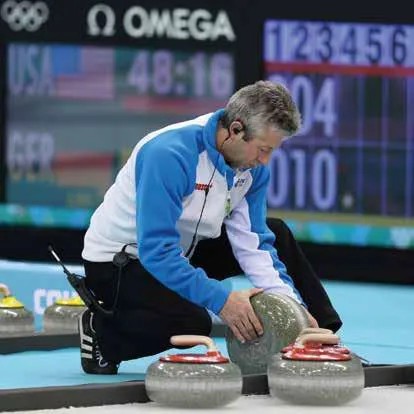
But Case Curling didn't give up and kept going until later, when curling became a regular event in the Winter Olympics and Case Curling came back to life.
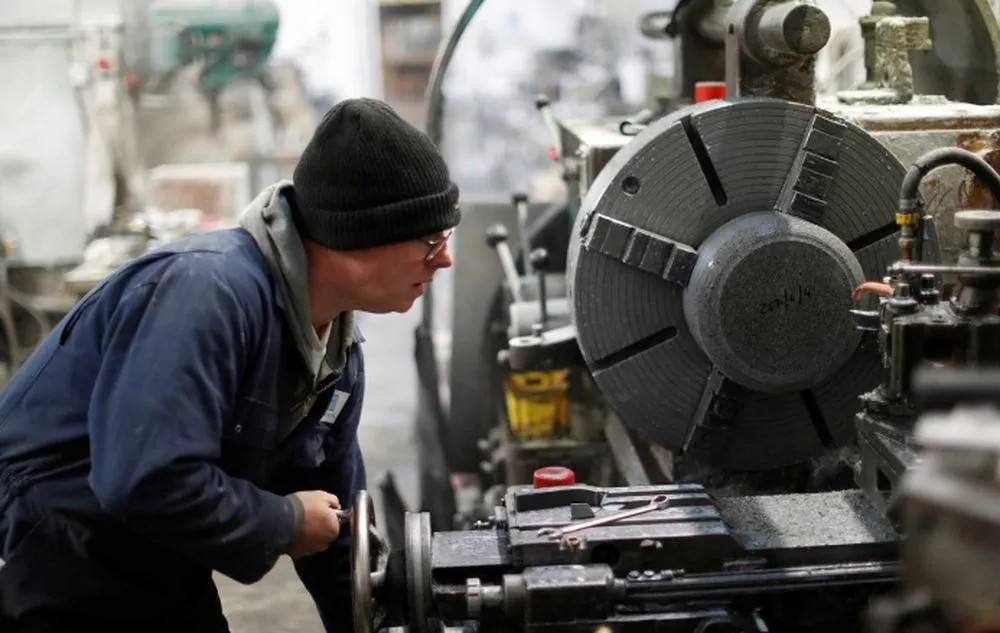
The making of a curler requires more than 20 processes, starting with cutting from the raw granite stone.

It then goes into a processing machine to polish it, giving the granite an oval shape.

Finally, it goes through the process of polishing and putting on the handle. The production process is very complicated and the labor cost is very high.
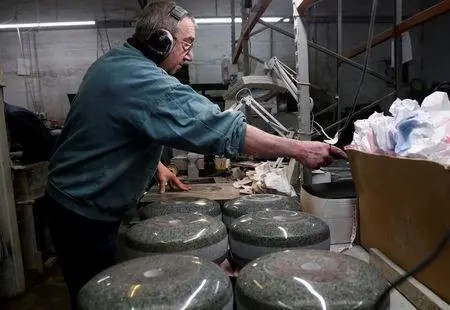
A curler, from granite to step by step elaborate production, from Scotland to the world ~

Curling's long history, elegant movements and highly ornamental game system all make it a remarkable ice sport.
